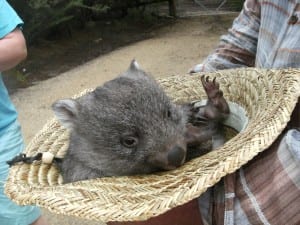Museum Audio Guide Project
By uctzcbr, on 21 March 2017
I have been a student engager for almost a year now and the more time I spend in each of the museums, the more I come to realise that there’s an incredible amount to learn about them. Obviously, a museum with 30,000+ objects in it contains a lot of knowledge, but, even beyond that, there are so many more ways of studying and thinking about each object and collection than I ever imagined. Each museum is bursting with questions about not only the objects they house but their histories and the lives of the people who made and worked in them. So, after each of my shifts, I have been writing down all of the questions that I have been asked by visitors or thought of myself whilst wandering around and I have done my best to answer them. The resulting catalogue of information is enormous. It is too much knowledge to fit on traditional, tiny museum placards and too much for any one student engager to learn and recite for visitors (not least because each of the museums is only open for four hours at a time). Thus, the UCL Museum Audio Guide Project was born.
This project, funded and encouraged by UCL Culture, will produce three sets of podcasts, one for each of the museums, to act as audio tour guides. They will be free, downloadable from your usual podcasting app, and tailorable to your visit. Each museum will have a short tour of only an hour, and an extended cut closer to two and a half hours (which is still the tip of iceberg, really) as well as a number of themed tours. For example, the Grant Museum will have an evolutionary biology themed tour which will tell listeners all about the history of evolutionary theory and the role the Grant played in its development.
Now, I am not an expert in Evolutionary Biology, nor in Egyptology, Anatomy or Art. Luckily, I have had a lot of help making the audio guides and, so far, have interviewed a number of researchers and members of staff at each of the museums. I have spoken to Jon Thompson of the Slade School of Fine Art; Debbie Challis at the Petrie Museum; Stacy Hackner, Max Pinarello and Alice Stevenson from the Institute of Archeology; Professor Joe Cain, Head of Science and Technology Studies at UCL; and Sarah Doherty from the Ashmolean Museum, Oxford. Each of their interviews will make it into the audio guides along with many others so that listeners will get to learn about the objects from world leaders and experts.
Planning and recording the interviews has been excellent and I have learnt a lot about each of the museums already. Just this week, I spoke to Sarah Doherty, a Ceramicist and Archaeologist, for over an hour and a half just about pots. I did not realise there was so much to learn about pots. As it turns out, shards of pottery can be used to understand almost every aspect of Ancient Egyptian life from their diets to their lifestyles to their technological advancements. I have also learnt that you can do an entire PhD on the tibia bone because it, too, can tell archaeologists incredible things about the lives of people thousands of years ago.
Learning about the fascinating museum collections has been the best bit of the audio guide project (which is easy to say because editing is boring and takes ages) but I still have a way to go. The collections at UCL are enormous and so, even with the restrictive time limit of two and a half hours of material, I have many more interviews scheduled and planned. Unfortunately, the first audio guide isn’t likely to be ready for another few months but this does mean there is still plenty of time for you to get involved.
Do you have a question about the museums? And, I mean any question, from “How old is this object?” to “Why are these things all in this cabinet together?” to “Who found this?”, then tweet me (@hashtagcerys) and we’ll put your question (and its answer) into the audio guide.
When tasked to find a photo, I thought I’d find the specimen with the biggest ears (for listening).
 Close
Close




